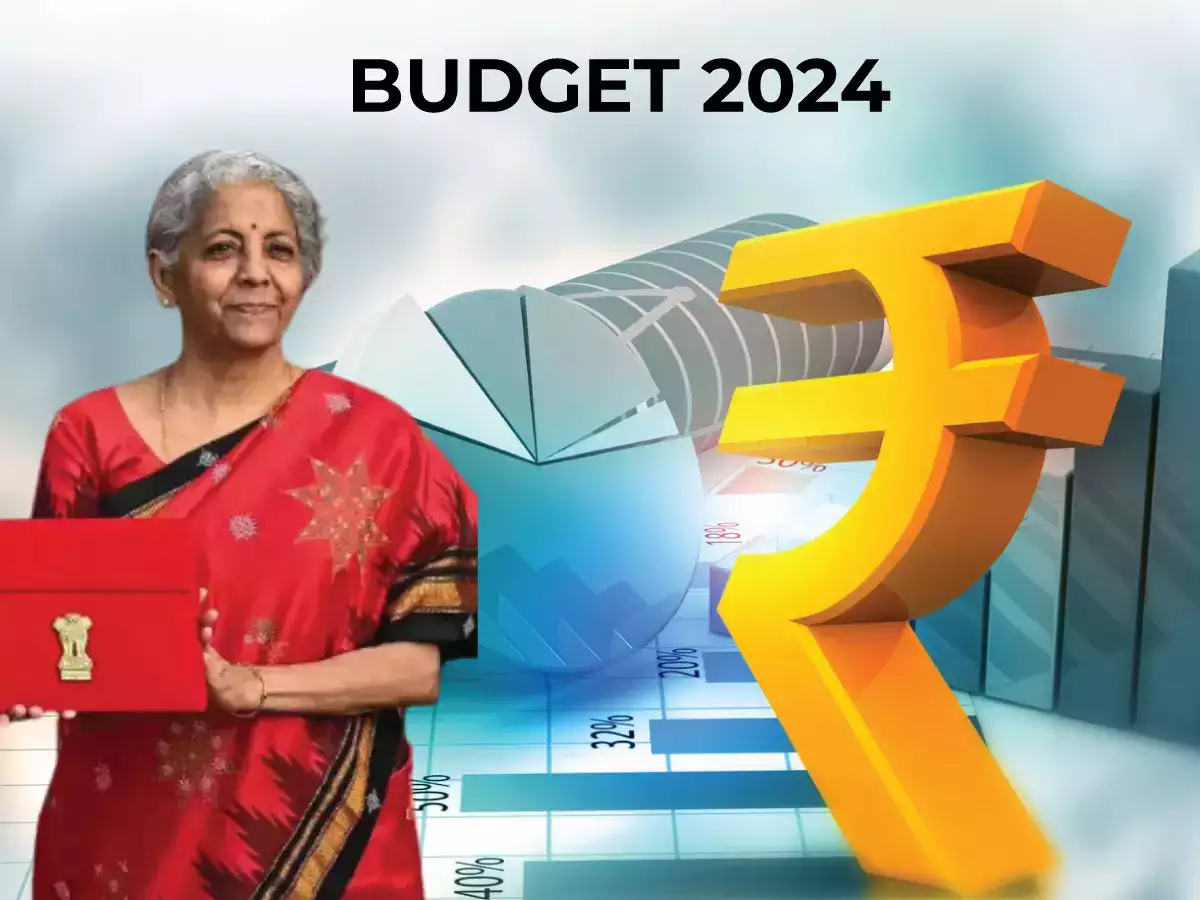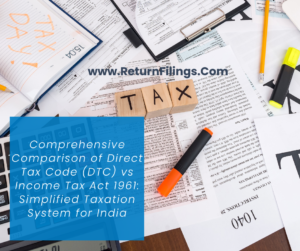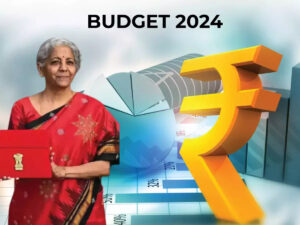The Union Budget 2024, presented by India’s Finance Minister, brought a host of changes in the country’s tax regime, with significant modifications to income tax slabs and the Goods and Services Tax (GST) framework. These changes aim to streamline tax compliance, provide relief to taxpayers, and enhance revenue collection. Here’s a detailed look at the key alterations and their potential implications.
Income Tax Changes
1. Revised Tax Slabs and Rates
One of the most notable changes in the Union Budget 2024 is the revision of income tax slabs under the new tax regime. The government has increased the basic exemption limit from ₹2.5 lakh to ₹3 lakh, providing relief to taxpayers in the lower income bracket. The new tax regime now offers the following tax slabs:
- Income up to ₹3 lakh: Nil
- Income between ₹3 lakh and ₹6 lakh: 5%
- Income between ₹6 lakh and ₹9 lakh: 10%
- Income between ₹9 lakh and ₹12 lakh: 15%
- Income between ₹12 lakh and ₹15 lakh: 20%
- Income above ₹15 lakh: 25%
These changes are designed to simplify the tax structure and make it more progressive, thereby ensuring that individuals with higher incomes contribute a larger share of their earnings in taxes.
2. Standard Deduction and Deductions under Section 80C
To further ease the tax burden, the government has reintroduced the standard deduction of ₹50,000 for salaried individuals under the new tax regime. Additionally, deductions under Section 80C, which includes investments in provident funds, life insurance premiums, and other specified financial instruments, have been retained with a maximum limit of ₹1.5 lakh. These measures are intended to encourage savings and investments among taxpayers.
3. Simplification and Compliance
The Union Budget 2024 has introduced measures to simplify tax compliance. A new portal will be launched to enable faceless assessments and appeals, reducing the scope for harassment and corruption. Additionally, the government has proposed the introduction of a common income tax return form for all taxpayers, making the filing process more straightforward and user-friendly.
Goods and Services Tax (GST) Changes
1. Rationalization of GST Rates
The government has undertaken a rationalization of GST rates to address various anomalies and ensure uniformity across sectors. The budget proposes a reduction in the GST rates for certain essential goods and services, including healthcare and education-related items, to provide relief to consumers. Conversely, the GST rates for luxury goods and non-essential items have been increased marginally to ensure a balanced revenue collection.
2. Enhanced Compliance and Revenue Mobilization
To strengthen the GST framework, the budget introduces several measures aimed at enhancing compliance and curbing tax evasion. A key initiative is the implementation of a real-time data-sharing mechanism between the GST Network (GSTN) and other government agencies, which will help identify discrepancies and prevent fraudulent claims. Furthermore, the government has proposed stricter penalties for non-compliance and fraudulent activities, signaling a strong commitment to maintaining the integrity of the GST system.
3. Simplified Return Filing and ITC Matching
The budget also focuses on simplifying the return filing process for small businesses and traders. The government plans to introduce a simplified GST return form for taxpayers with an annual turnover of up to ₹5 crore, reducing the compliance burden. Additionally, the budget proposes the automatic matching of input tax credit (ITC) claims with supplier invoices, thereby minimizing errors and disputes in ITC claims.
Implications and Conclusion
The changes in income tax and GST announced in the Union Budget 2024 reflect the government’s efforts to create a more equitable and efficient tax system. The revised income tax slabs and rates provide relief to middle-class taxpayers, encouraging consumption and investment. At the same time, the GST reforms aim to enhance compliance, broaden the tax base, and ensure a more streamlined and transparent tax administration.
While these changes are expected to positively impact the economy by boosting consumption and improving tax revenue, their success will largely depend on effective implementation and enforcement. The government’s focus on digitalization and technology-driven solutions in tax administration is a step in the right direction, promising a more transparent and taxpayer-friendly environment. As India progresses towards its goal of becoming a $5 trillion economy, these tax reforms will play a crucial role in shaping the nation’s economic landscape.






